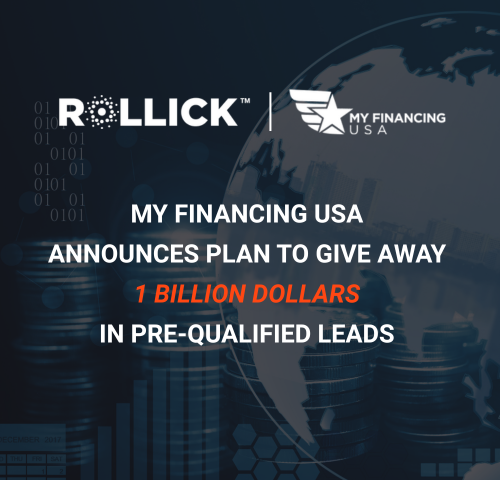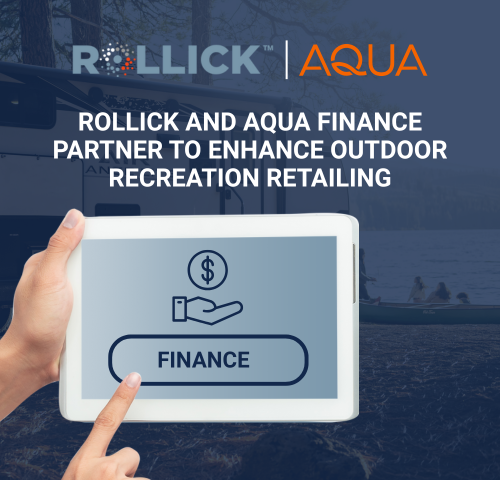By: Ryan Mertz
The customer journey encompasses the complete experience prospective buyers have as they interact with a brand. It begins with the first click and extends to becoming an advocate for the brand after making a purchase. This journey includes numerous nuanced micro-experiences and key stages where brands can profoundly impact customer perceptions and decisions.
For industries like Powersports, RV, and Marine, optimizing the customer journey is more important than ever due to these products’ unique nature and purchasing cycles. These high-consideration goods have longer buying processes, spanning years rather than months. RV and Marine represent some of the most significant discretionary purchases many customers make, and their price tags demand confidence and reassurance throughout the buying journey.
Additionally, these purchases are heavily influenced by factors such as economic conditions and interest rates, which can impact on the timing and feasibility of a decision. Seasonality also plays a significant role—for example, most buyers are unlikely to purchase a boat in November, often deferring the decision until the following year. Furthermore, the decision-making process is complex, requiring buyers to evaluate various variables, from product features and functionality to accommodations for family and lifestyle needs. Many buyers, particularly first-timers, find it challenging to discern meaningful differences between competing products, often prioritizing visible elements like upholstery over critical aspects such as engineering.
Given these dynamics, OEMs must be more active in shaping their customers’ digital journeys. Historically, selling through dealers has posed challenges, such as inconsistent lead responsiveness, varying levels of sales follow-through, and difficulties in maintaining brand loyalty. By enhancing their direct influence on the digital customer journey, OEMs can address these gaps and ensure that their brand receives the attention it deserves in an increasingly competitive marketplace.
The need for this control is particularly pressing as competition intensifies. Dealers are inundated with multiple brands, and this noise can dilute the focus on anyone. In contrast, an OEM’s team is singularly focused on its brand, allowing it to craft a more tailored and impactful digital narrative. Moreover, as younger generations age into Powersports, RV, and Marine buyer demographic, their expectations for digital experiences far exceed those of previous generations. They rely more heavily on online resources to progress through their purchasing decisions and place more significant value on aesthetics and digital brand experiences. The dealer is often seen as an end for these buyers, emphasizing the need for a strong digital presence.
To remain competitive and meet evolving customer expectations, OEMs must invest in intuitive, engaging digital platforms that provide comprehensive information and seamlessly guide buyers through their journey. These platforms should highlight the brand’s unique value propositions while addressing customer concerns and preferences. Collaborating with dealers to create a cohesive customer experience is equally important, ensuring that traditional pain points like lead responsiveness and follow-through are addressed. By leveraging customer data and insights, OEMs can personalize the buying experience, anticipate needs, and drive better outcomes across the journey.
By prioritizing the customer journey, OEMs in the powersports, RV, and Marine industries can foster deeper connections with their audience, improve brand loyalty, and navigate their market’s unique challenges. A strategic focus on these elements will enhance the buying experience and position these brands for long-term success in an increasingly competitive landscape.




